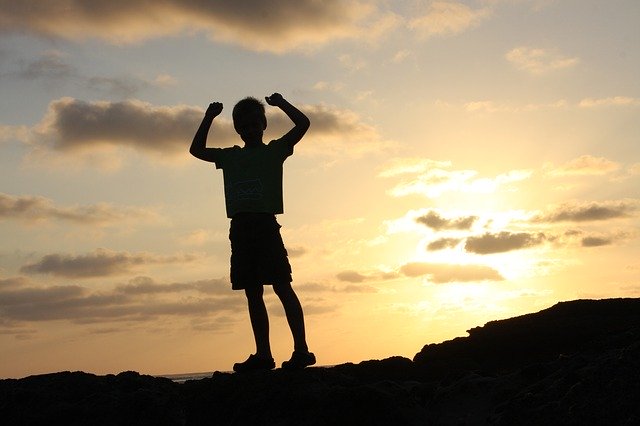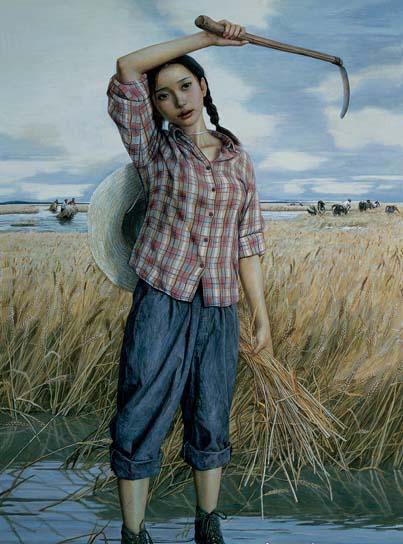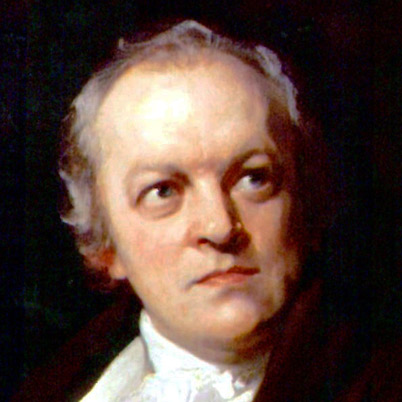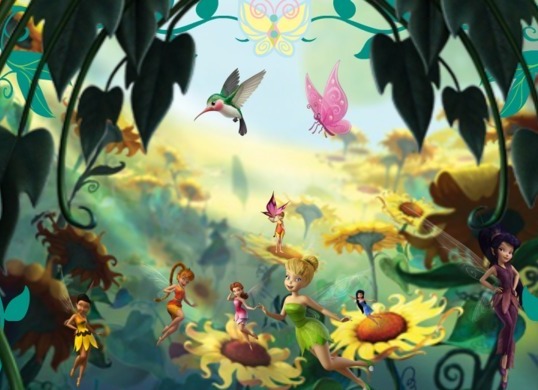About W. B. Yeats
William Butler Yeats (W B Yeats) was born in the year 1865 at Sandymount in County Dublin, Ireland. His interest in poetry came on at an early age due to his fascination in the Irish legends and occults. His earliest publishing of verse was in the year 1889, though he wrote poetry long before that. He is considered one of the most important figures of the 20th century. He is responsible for the revival of Irish literature alongside many others. His most notable works include ‘When You are Old’, ‘Her Anxiety’ and ‘A Dialogue of Self and Soul’. He was a versatile writer and wrote his poetry in many forms. He received the Noble Prize in Literature in the year 1923. He died in 1939 at the age of 73.
About To Ireland in Coming Times
From the Romantic, the Victorian to the Modernist, Yeats wrote all types of poetry. His poetry took on a new direction in the latter part of his career. This is mainly due to the influence of Irish revolution.
Setting of To Ireland in Coming Times
There is no physical setting in this poem. These are all the thoughts of the poet and hence, the poem takes place in his mind.
Poetic Devices in To Ireland in Coming Times
Stanza:
There are three stanzas of 16 lines each.
Rhyme:
Starting from the first line, two consecutive lines’ end words rhyme with each other. This repeats throughout the three stanzas.
Repetition:
‘Red-rose-bordered hem’ repeats for three times. There is also a repetition of the word ‘druid’ in the last line of the second stanza.
Personification:
Time is personified in the first stanza. It is said to ‘rant and rage’. Time is also personified in many other ways throughout the poem. Ireland is also personified in the first stanza: ‘Ireland’s heart began to beat.’
Alliteration:
There is some alliteration in the poem: ‘began to beat’ in the first stanza, ‘rant and rage’ in the first and second stanza and ‘gaze for gaze’, ‘than their rhyming tell’ in the second stanza.
Summary of To Ireland in Coming Times
The speaker of the poem, who is Yeats himself, says that he can be counted as one amongst those who fought for Ireland’s freedom. In spite of his starting his poetry in a different direction, his current poetry has contributed much in soothing Ireland’s wrong.
He says he should be counted as an equal to Davis, Mangan and Ferguson, fighters for Irish freedom. He says his poetry has much depth to it, and one has to only delve into it deeper to find it.
He says life is short and while he still is able, he will write for Ireland, so that in the coming times, it can be known that Yeats went with those (Davis, Mangan and Ferguson) who fought for independence.
Analysis of To Ireland in Coming Times
W B Yeats says that he is part of people who sang to ‘sweeten Ireland’s wrong.’ Ireland’s wrong is its lack of independence due to British rule. He says he sings to soothe this wrong. The ‘red-rose-bordered hem of her’ is a reference to Yeats’ earlier poetry which was full of romanticism. He says that even though he began with such poetry, his poems now all contain patriotism. He says that he cannot be considered any less because of his beginnings. ‘When Time began to rant and rage’: this can be considered a reference to World War I. The Irish who were originally promised independence, were made to wait longer for it due to the onset of World War. This delay was the cause of many revolutions, among which the revolution in 1916 during Easter is included. Yeats wrote a poetry on that revolution. Hence, Yeats says that World War I was the one which made Ireland’s heart beat, meaning it made Irish to take action. ‘Time bade all his candles flare’; the candles here are the poets and writers of Irish inclinations. The revolution made these poets and writers perk up and their works captured Ireland’s thoughts, so that the Irish can think upon the revolutions in their tranquility, when all this was over.
Thomas Osborne Davis, leader of Young Ireland party, James Clarence Mangan, translator and Irish romantic poet and Sir Samuel Ferguson, another poet; these three were major figures in that revolution. Yeats says that he cannot be considered any less than them. He says that to those who delve deeper into his rhymes (poems) , they are not just rhyming verses, but verses with deep meaning and implications. They speak of things elementary and which are usually hidden. To those who read his poetry carefully, they will surely get their return. He says man journeys on with the country even after red-rose-bordered hem, meaning poetry of patriotism is eternal. The Druid land is a reference to Ireland.
He says Ireland is his love and his dream, and for her he will write poetry for as long as life allows him to. He says that the poems which Time lit (another personification of Time), will all go to a place where there is no love and dream. This is to say that Ireland will achieve her freedom and thus, the Irish’s singing and love will change from passion to truth. White is considered a pure colour. Truth is pure. He says that God is with these songs because they will become the truth. Yeats continues by saying that while he still has this passion, he will pour all his heart into writing rhymes so that the future generations know, that he went with those fighters for Irish independence, after his days of ‘red-rose-bordered hem’, romantic poetry.
Yeats may come off as insecure and wanting attention in this poem, repeatedly saying that even though he did not fight on the front lines, he is as important as those who did; but as he says in the second stanza of the poem (My rhymes more than rhyming tell), this poem is a lot more. It is a celebration of writing and poetry behind the façade of self-defence.
Central Idea of To Ireland in Coming Times
The central idea of the poem is to say that the imagination and mental support provided in writings during political strife is as important as the actual physical fighting.
Tone of To Ireland in Coming Times
The tone of the poem is defensive. The poet defends poems and writings, saying that they are no less important than fighting on front lines.
Conclusion
W B Yeats writes yet another patriotic piece of work, in which he emphasises the importance of poetry and writings in times of strife.
Contributor: Uttej Reddy
Some online learning platforms provide certifications, while others are designed to simply grow your skills in your personal and professional life. Including Masterclass and Coursera, here are our recommendations for the best online learning platforms you can sign up for today.
The 7 Best Online Learning Platforms of 2022
- Best Overall: Coursera
- Best for Niche Topics: Udemy
- Best for Creative Fields: Skillshare
- Best for Celebrity Lessons: MasterClass
- Best for STEM: EdX
- Best for Career Building: Udacity
- Best for Data Learning: Pluralsight













